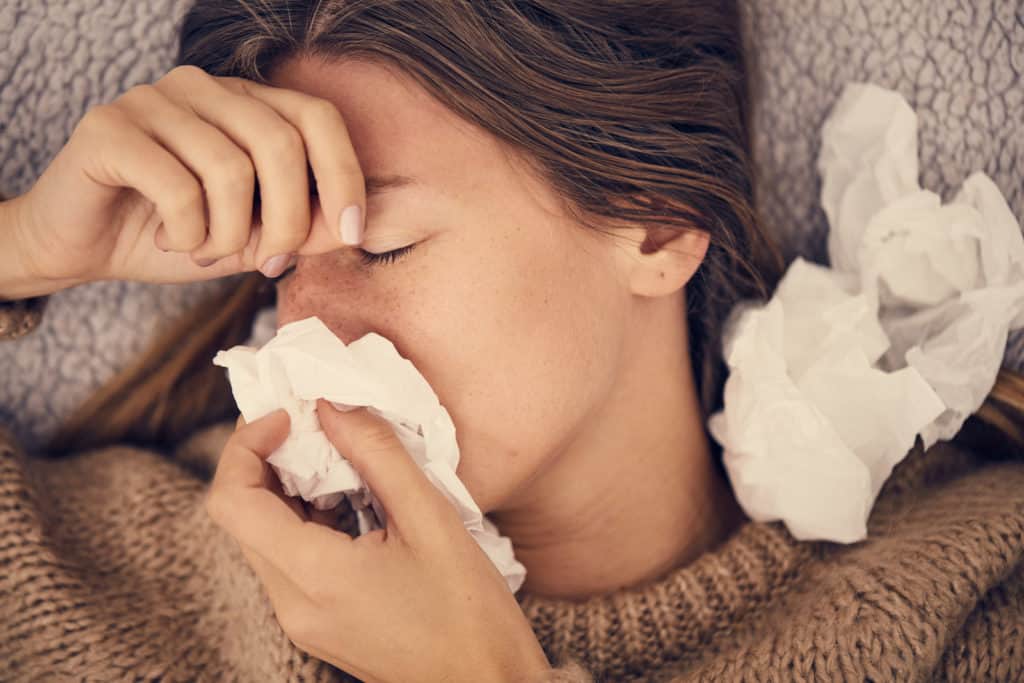While people are quick to be suspicious of the air quality outside, many seem to forget the dangers that lie inside. We spend so much time indoors, whether we are home or at work, and poor air quality can seriously affect our health.
These problems with indoor air can come from a variety of factors. Let’s take a look at some causes and common symptoms of poor indoor air quality.
Causes of Poor Indoor Air Quality
Poor indoor air can be caused by a combination of issues. Chemicals found in household cleaning products are a major contributor. Some families may use these products faithfully for years, unaware of the negative effects the products are having.
Cigarette smoke is a significant contributor to poor air quality. There are dozens of poisons found in cigarettes, and it has the power to affect everyone in the household, not only the smoker.
Mold and mildew may also be a factor in homes and buildings that are prone to excess moisture. When they are allowed to grow, the spores are spread throughout the air and can make it hard to breathe.
You might love your furry friends, but pet dander is also a contaminant that can negatively affect the quality of the air in your home.
Common Symptoms of Poor Indoor Air Quality
Poor indoor air quality affects everyone in the household differently. After being exposed to poor indoor air, some people have reported feeling cold-like symptoms. They feel very congested, have a runny nose, and some even have itchy eyes.
Others exposed to the same air will have more respiratory symptoms. They may find it harder to breathe upon entering the area with poor air quality. Others may cough and wheeze.
While many people are sensitive to mold, if found in the home it can cause several negative health effects in both children and adults. It’s especially dangerous to those suffering from asthma.
Some people may even develop skin rashes, suffer from headaches, and feel fatigued.
Ways to Improve Indoor Air Quality
To improve your indoor air quality, you need to identify the causes or sources of the contaminants. Or, it may be that your home is suffering from poor ventilation.
Pay attention to where and when your symptoms worsen. If you feel poorly after cleaning your home, the culprit could be your cleaning products of choice.
Schedule Your Air Quality Test Today
If you suspect that you may be suffering from the effects of poor air quality in your home, it’s time to schedule an air quality test. This is the first step to improving your air quality and your health.
It’s important to take swift action to identify any possible pollutants in your home. Schedule your indoor air quality test with our consultants at Air Quality Consultants by telephone or our online form.
Once the test is complete, you’ll receive a report on all possible contaminants in your air. We’ll work with you to create a plan to have you well on your way to clean, breathable air.




